Ruby City by David Adjaye is Texas’ newest architectural jewel
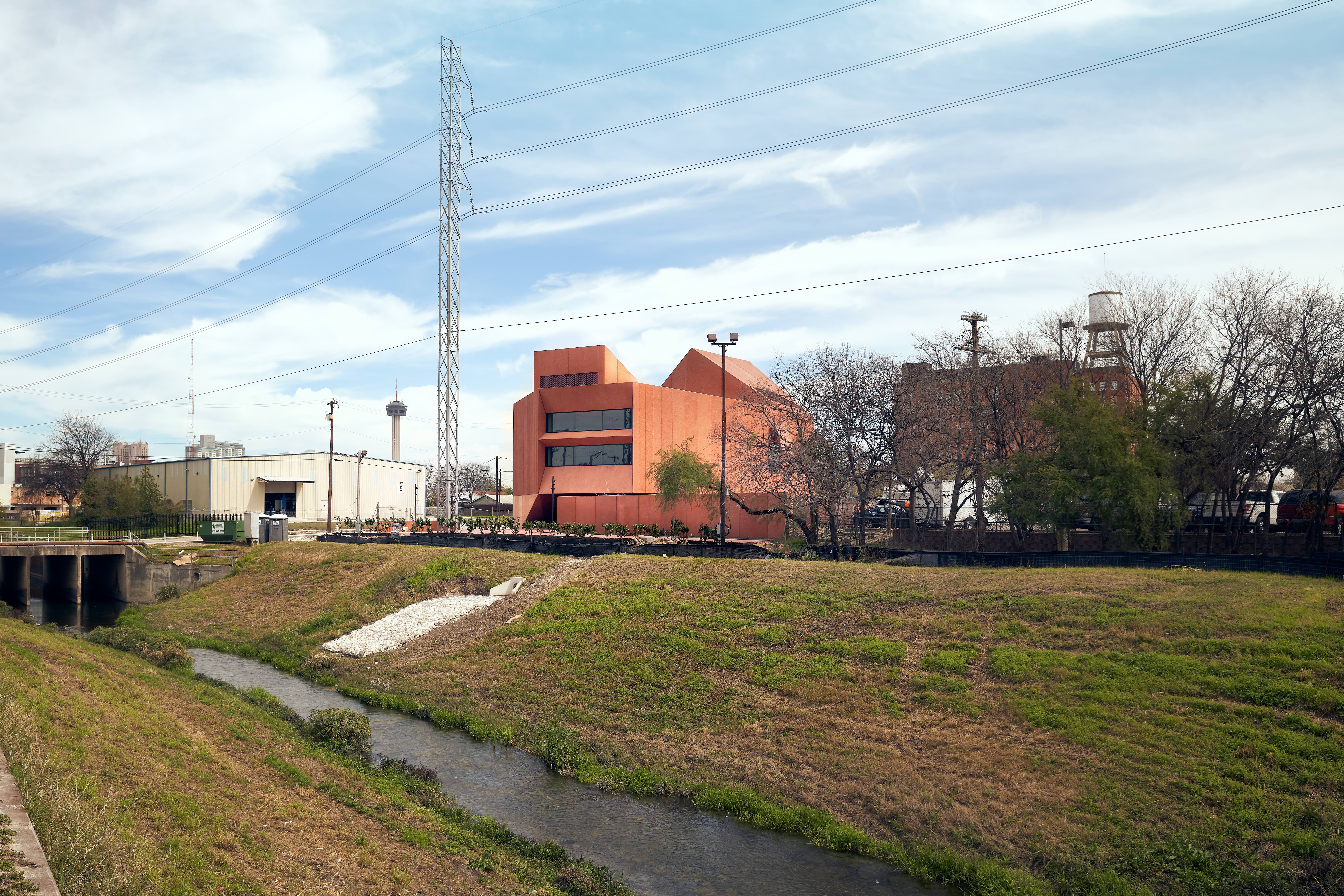
In the rising tradition of wealthy collectors setting up private museums, San Antonio — historic home to the 19th-century Texas Revolution — has just been graced with its own contemporary-art Mecca. Designed by Sir David Adjaye OBE (his first building in the Lone Star State), Ruby City was envisioned by the late philanthropist, artist and collector Linda Pace — once an heiress to the Pace Foods empire, responsible for the American favourite ‘Picante’ salsa. The 1,300-square metre complex is now home to the growing Linda Pace Foundation’s collection, currently strong of 900 works, and is set to become a new cultural destination for the city of 1.5m.
‘It was born from the inside out', Adjaye tells me when we meet at the freshly-inaugurated building, which is partly inspired by the region’s Spanish Missions. Its exterior skin is made of an earthy-red precast concrete fabricated in Mexico City, polished for the first three metres up and rough thereafter, encrusted with varying shades of red glass. Two crowning lanterns adorn the top of the structure, creating an animated roofline which draws natural light into the gallery spaces. ‘The emotional quality of the building has been consistent from the start', says the architect.
Pace, who tragically lost her battle to cancer in 2007 — only months after commissioning the building — had been introduced to Adjaye by her friend, the artist and filmmaker Isaac Julien, whose work she had collected since the 1990s. ‘David was the first person who came to my lips', remembers Julien of the first time Pace shared her ambition of creating a museum, which she claimed came to her in a dream.
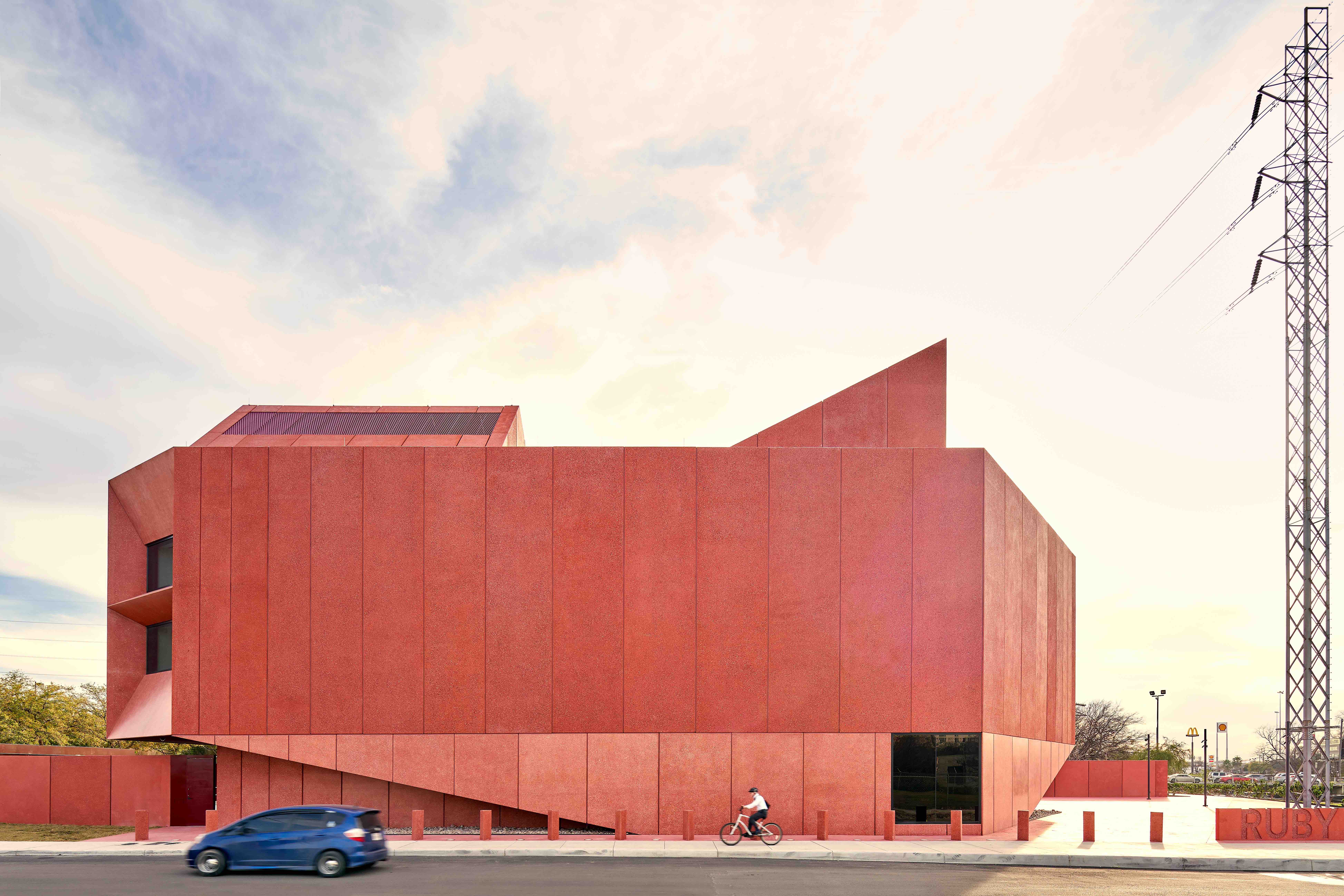
courtesy of Ruby City and Adjaye Associates
Adjaye, who founded his eponymous practice in 2000, was still largely unknown to the mainstream at the time, having mostly completed modest residential projects and artists collaborations, including a light installation with Olafur Eliasson at the 2005 Venice Biennale and Chris Ofili’s The Upper Room at Victoria Miro Gallery in London. ‘She had confidence in me at an early stage in my career', remembers the now internationally-acclaimed architect, whose iconic National Museum of African American History and Culture — designed in collaboration with the Freelon Group and Davis Brody Bond — opened in Washington DC in 2016, the year before he was knighted.
In the making for twelve years, the $16m-San Antonio project faced a number of complications, including budget reductions in the aftermath of the 2008 financial crash. But its extended development period also allowed for a refinement that is rarely experienced in the fast-paced building industry. ‘Architecture gets better when you have time', explains Adjaye who, when the museum finally materialised, had accrued significant cultural building experience.
Ruby City opened this past weekend with an inaugural exhibition in three parts. The group display ‘Waking Dreams', on view until 2022, explores notions of vulnerability and resilience, drawing over 50 works from the permanent collection — ranging from paintings and works on paper to sculptures and installations — by local and international artists including Marina Abramović, Cornelia Parker and Glenn Ligon. The exhibition is complemented by an immersive video installation by Isaac Julien and an additional group presentation at Pace’s adjacent former studio. Meanwhile, the museum’s sculpture garden features a large-scale sculpture by Texas-born artist Nancy Rubins and a sound installation by Turner Prize-winning Scottish-artist Susan Philipsz.
San Antonio’s new cultural landmark may seem a modest addition to the growing network of lavish private-foundations à la Museo Jumex in Mexico City or Fondation Louis Vuitton in Paris. But its human scale allows for its founder’s exuberant taste and personality to shine through like in a cabinet of wonders. ‘She’s transitioned to the forever', says Adjaye of the late visionary philanthropist. ‘Now everyone can come and see this jewel she’s given the city.'
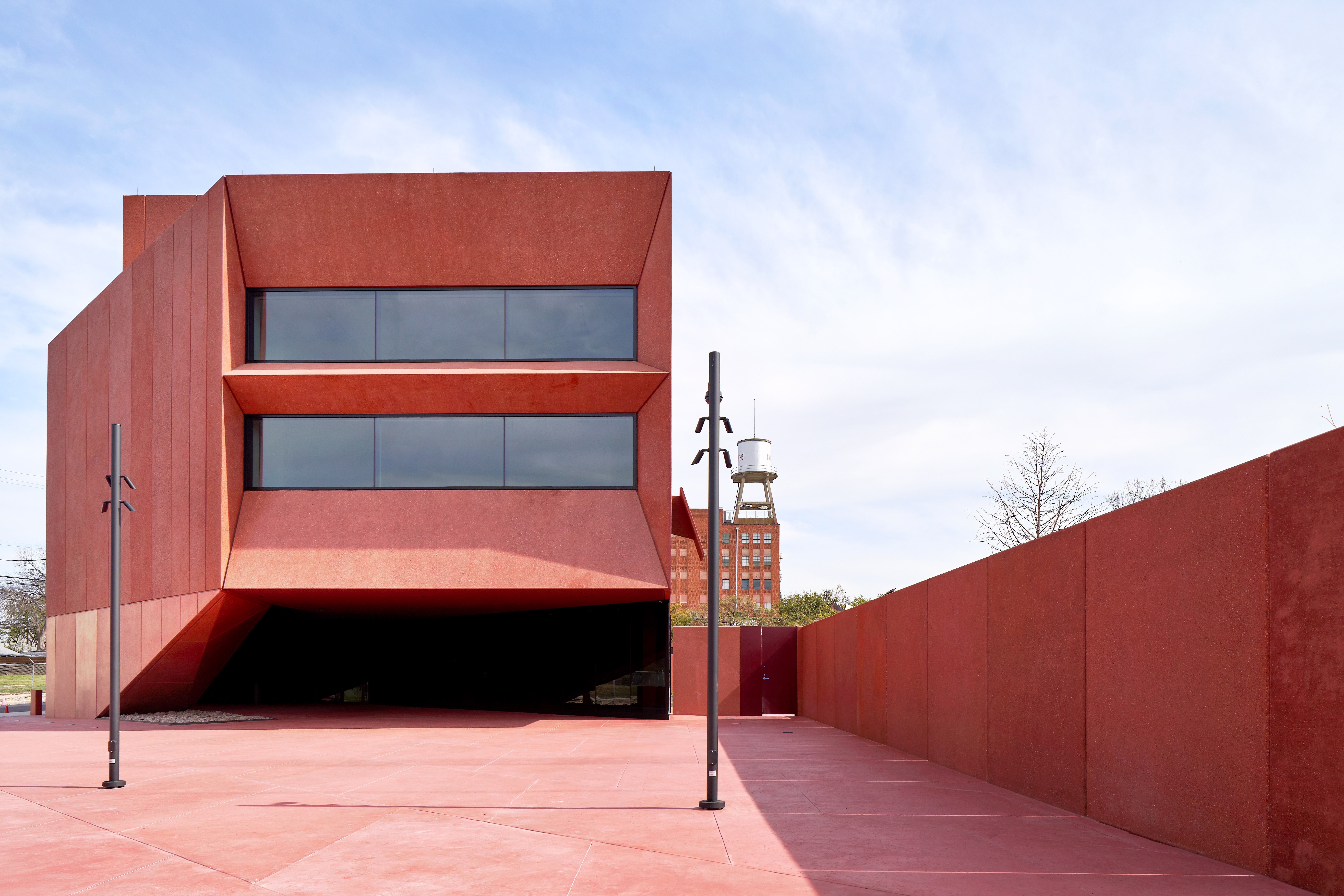
courtesy of Ruby City and Adjaye Associates
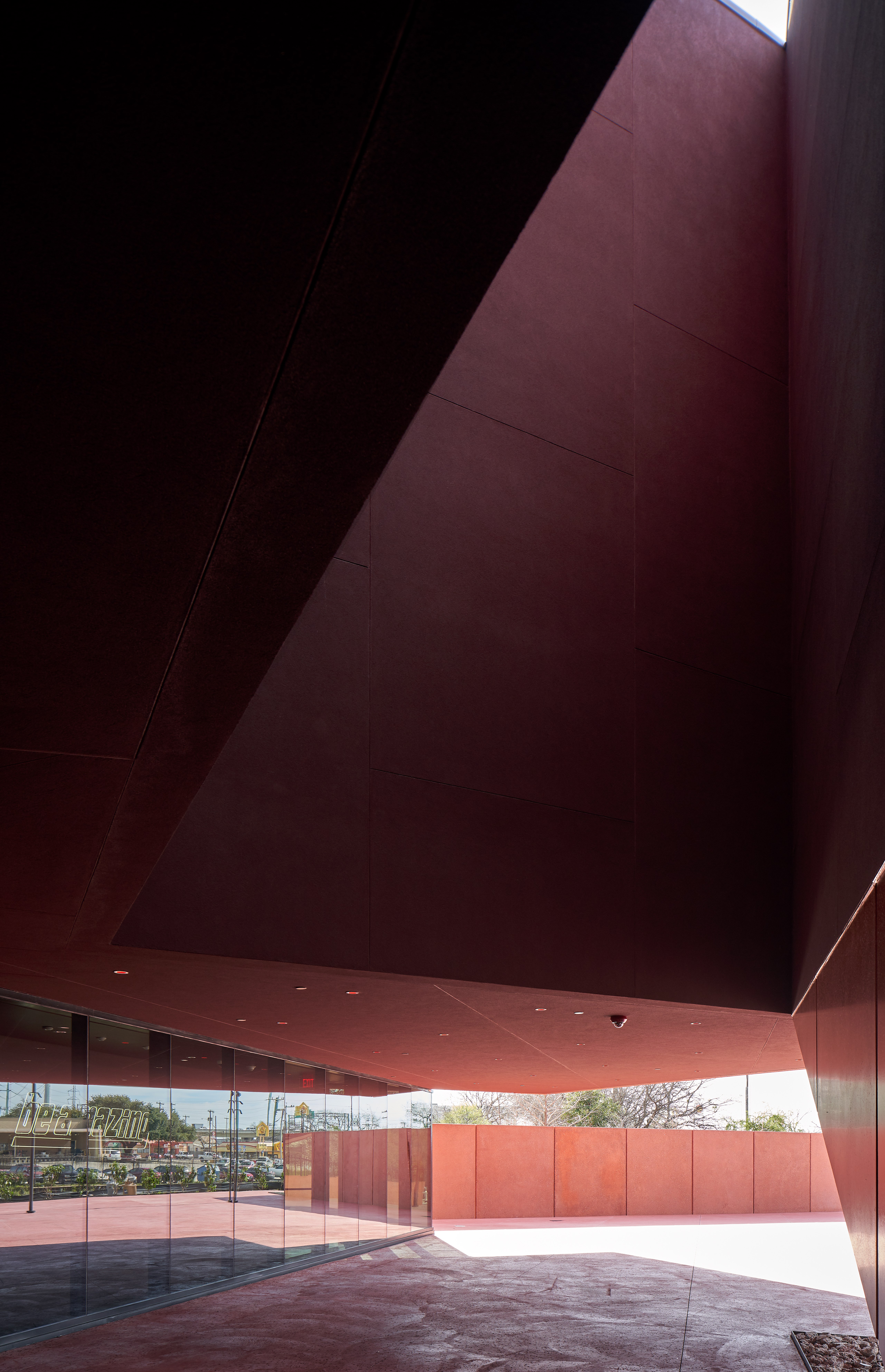
courtesy of Ruby City and Adjaye Associates
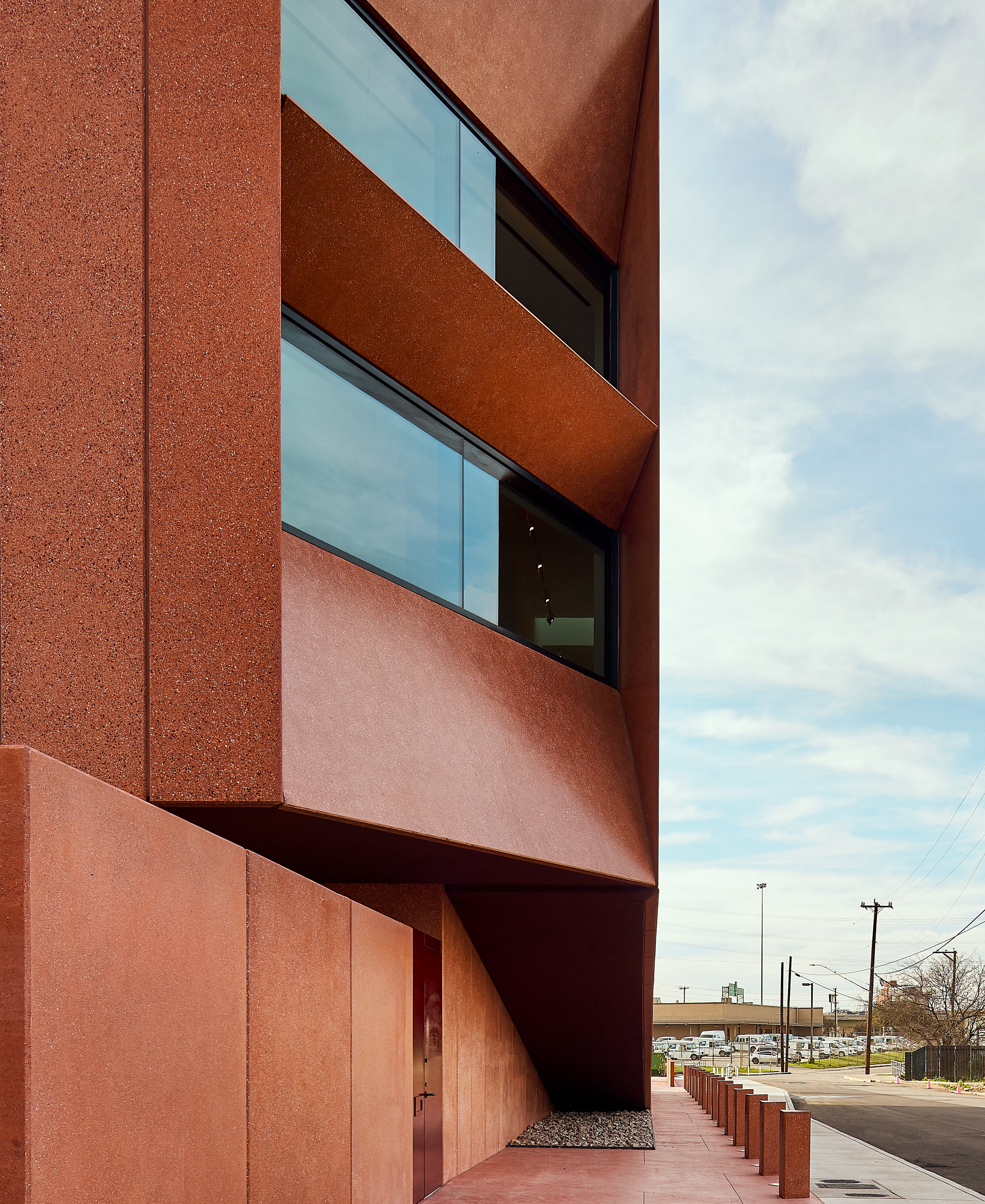
courtesy of Ruby City and Adjaye Associates
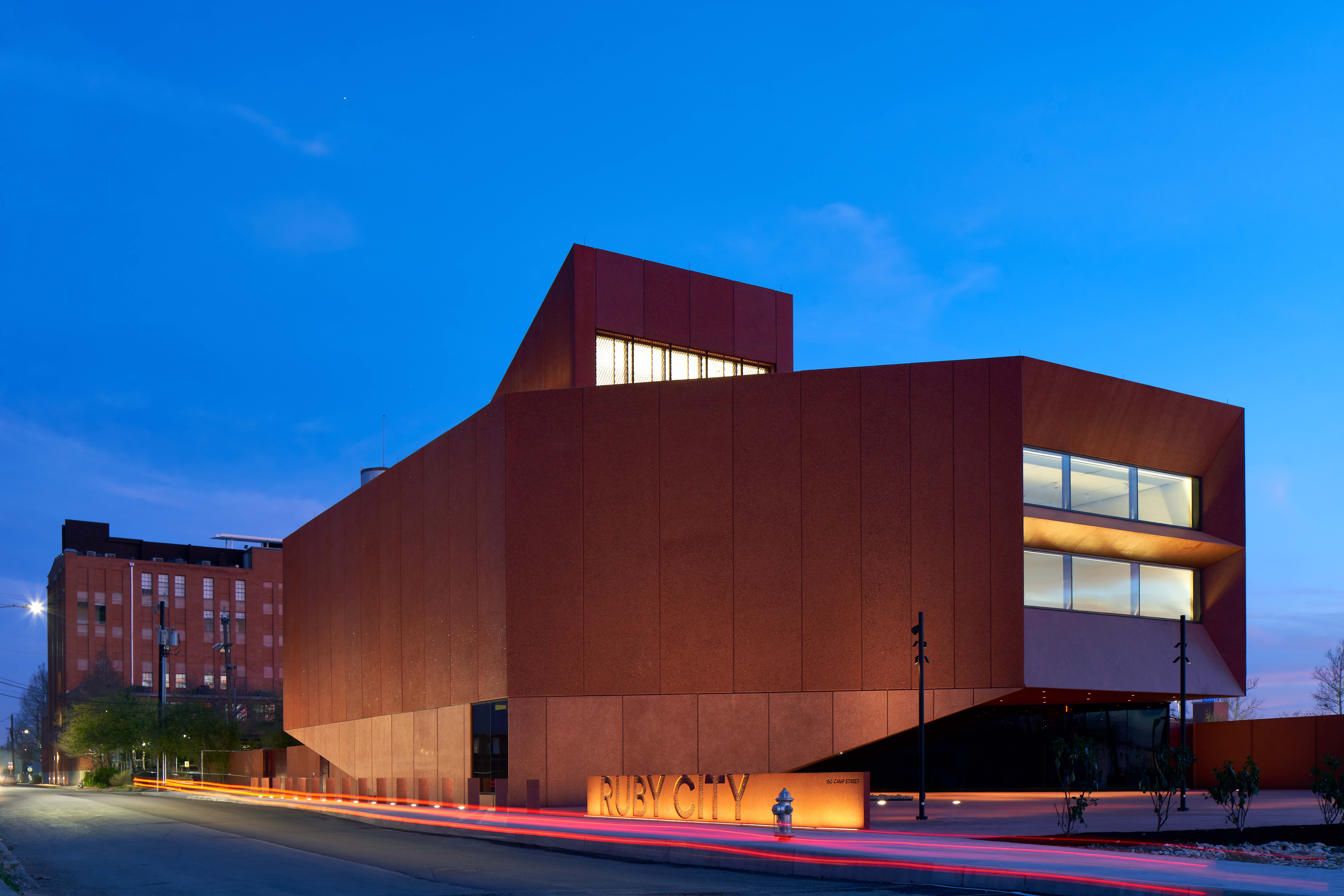
courtesy of Ruby City and Adjaye Associates
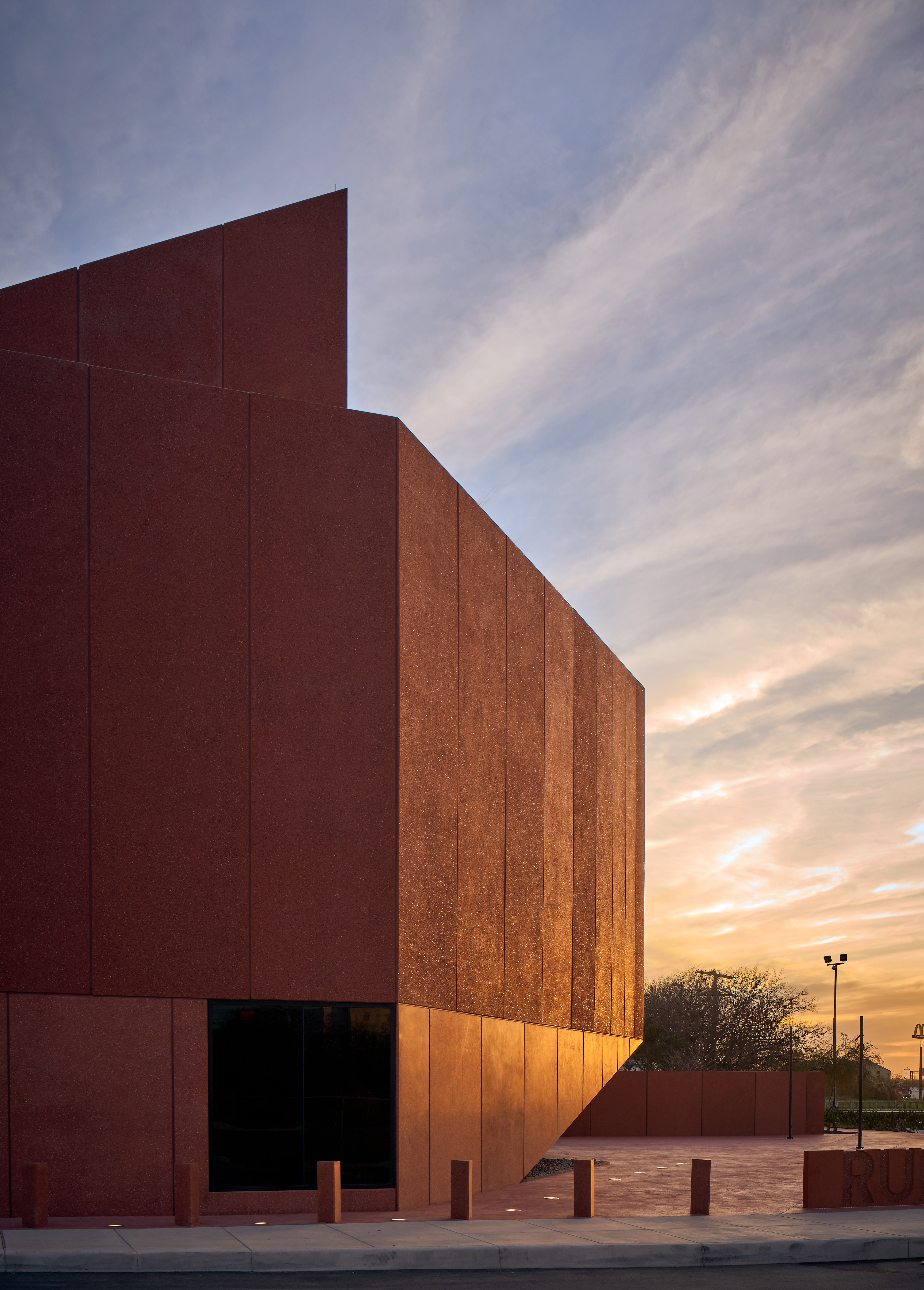
courtesy of Ruby City and Adjaye Associates
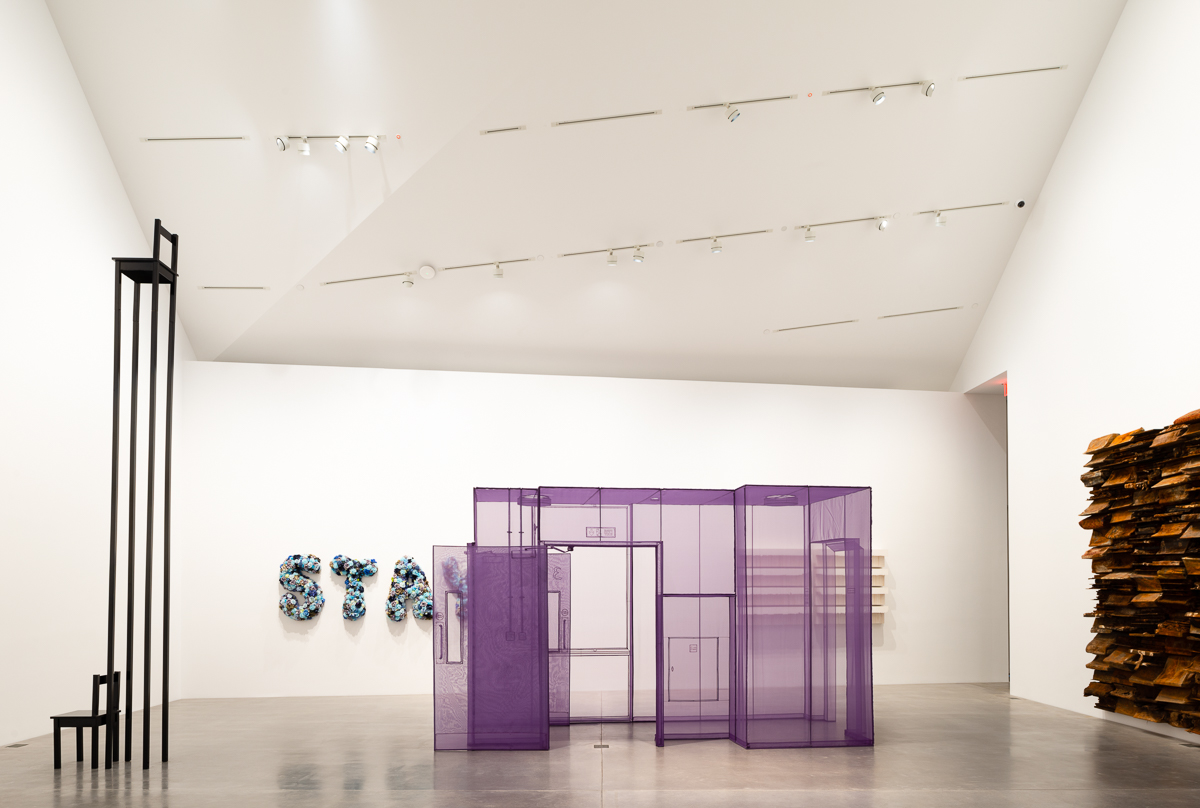
Courtesy of Ruby City, Linda Pace Foundation
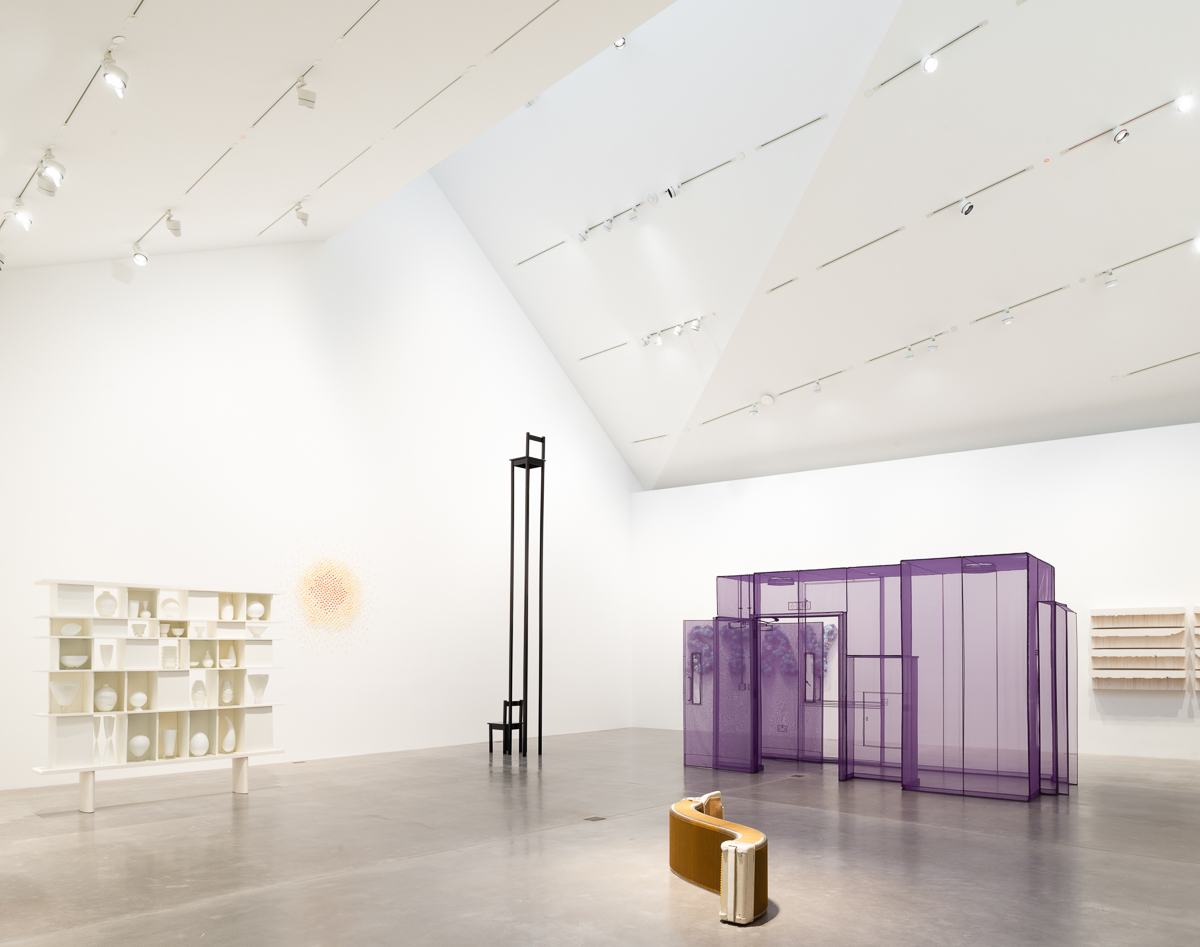
courtesy of Ruby City, Linda Pace Foundation
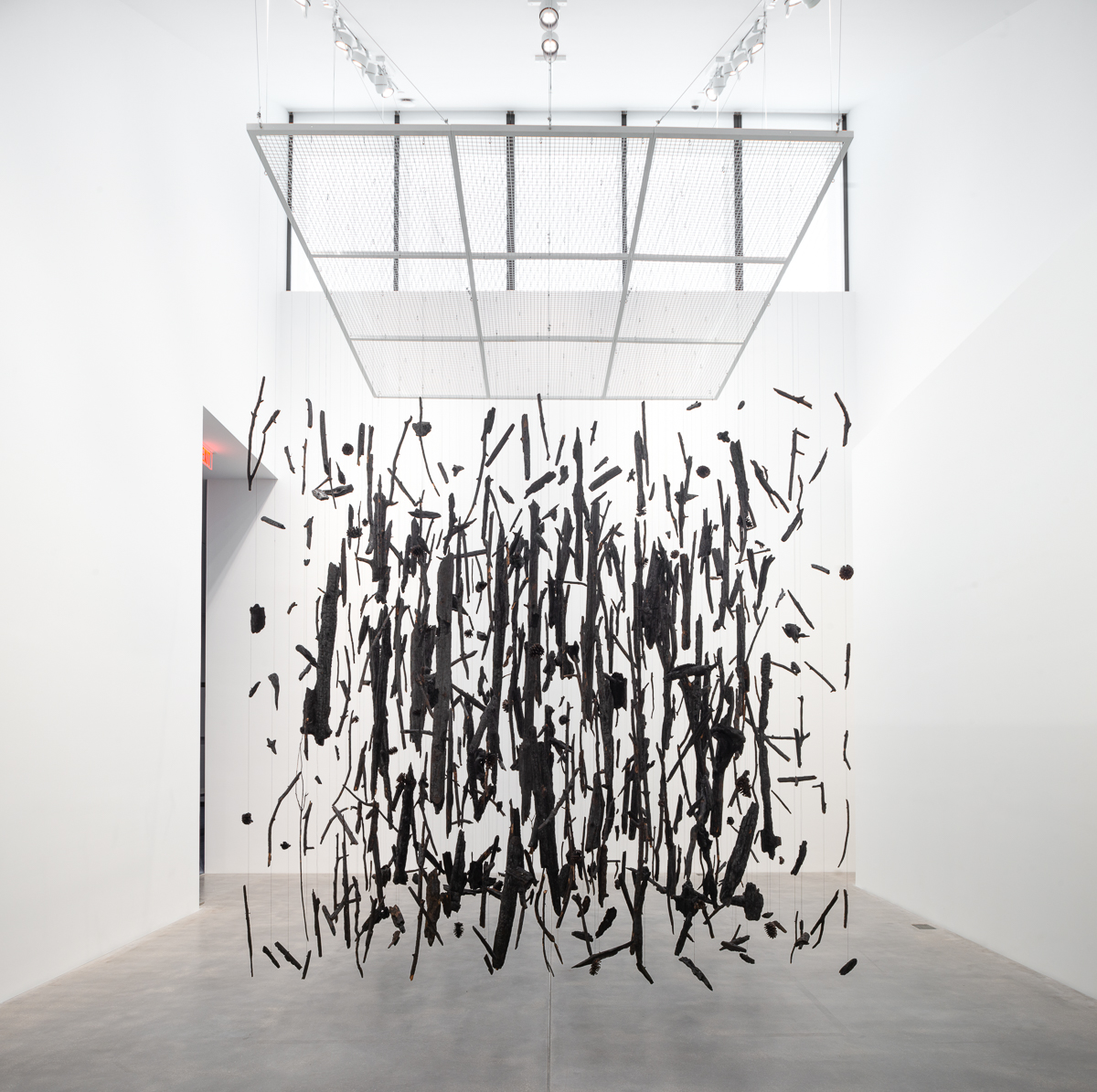
courtesy of Ruby City, Linda Pace Foundation
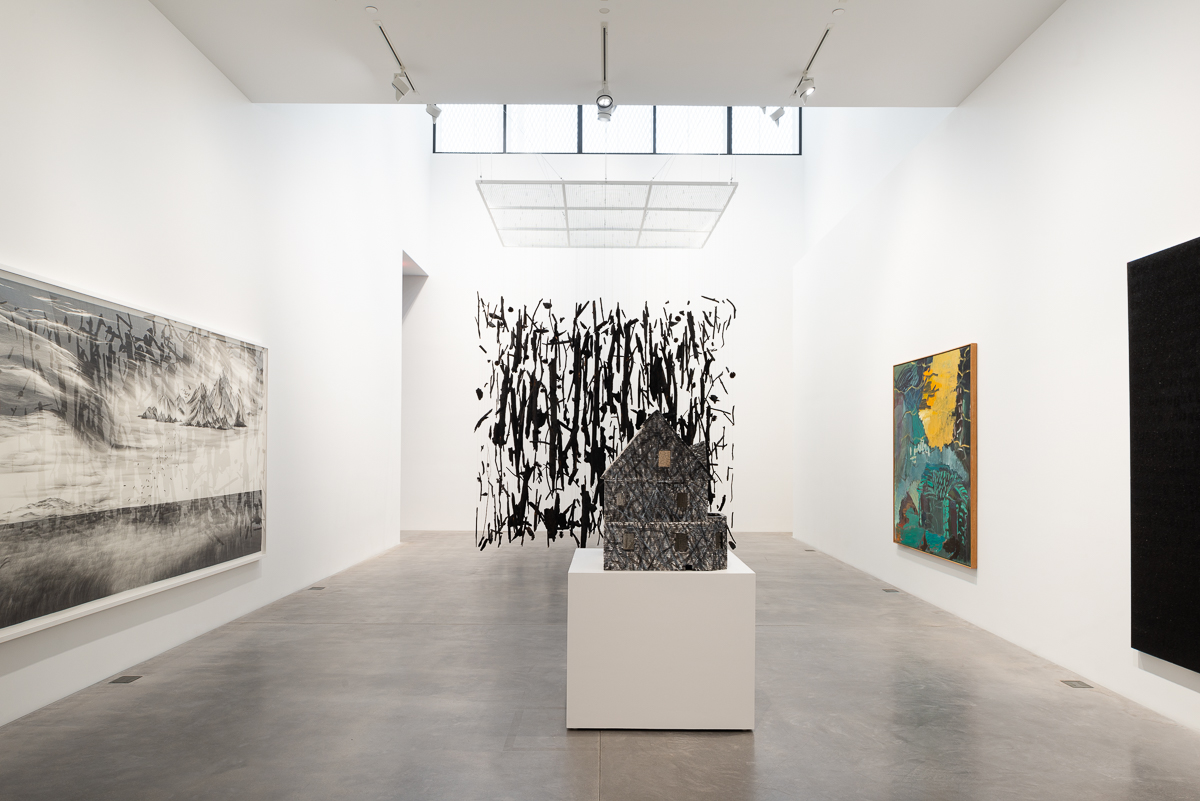
courtesy of Ruby City, Linda Pace Foundation
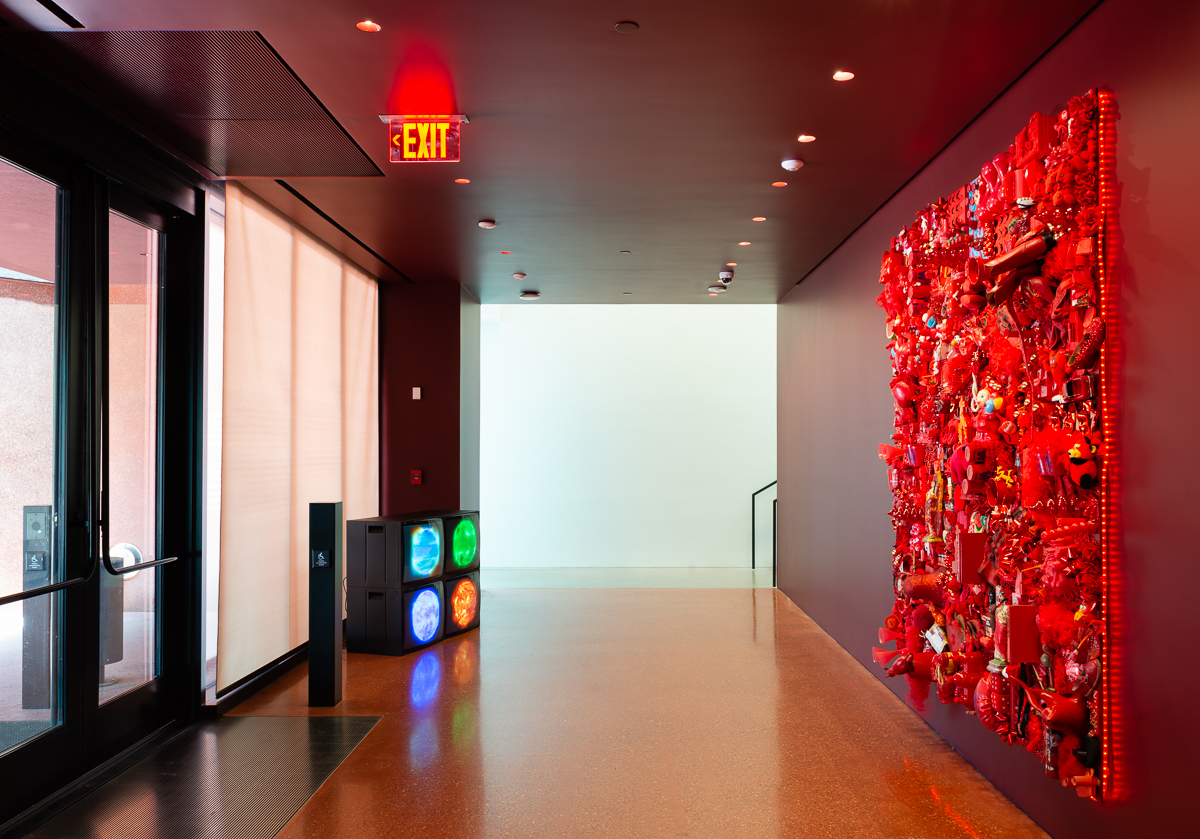
courtesy of Ruby City, Linda Pace Foundation
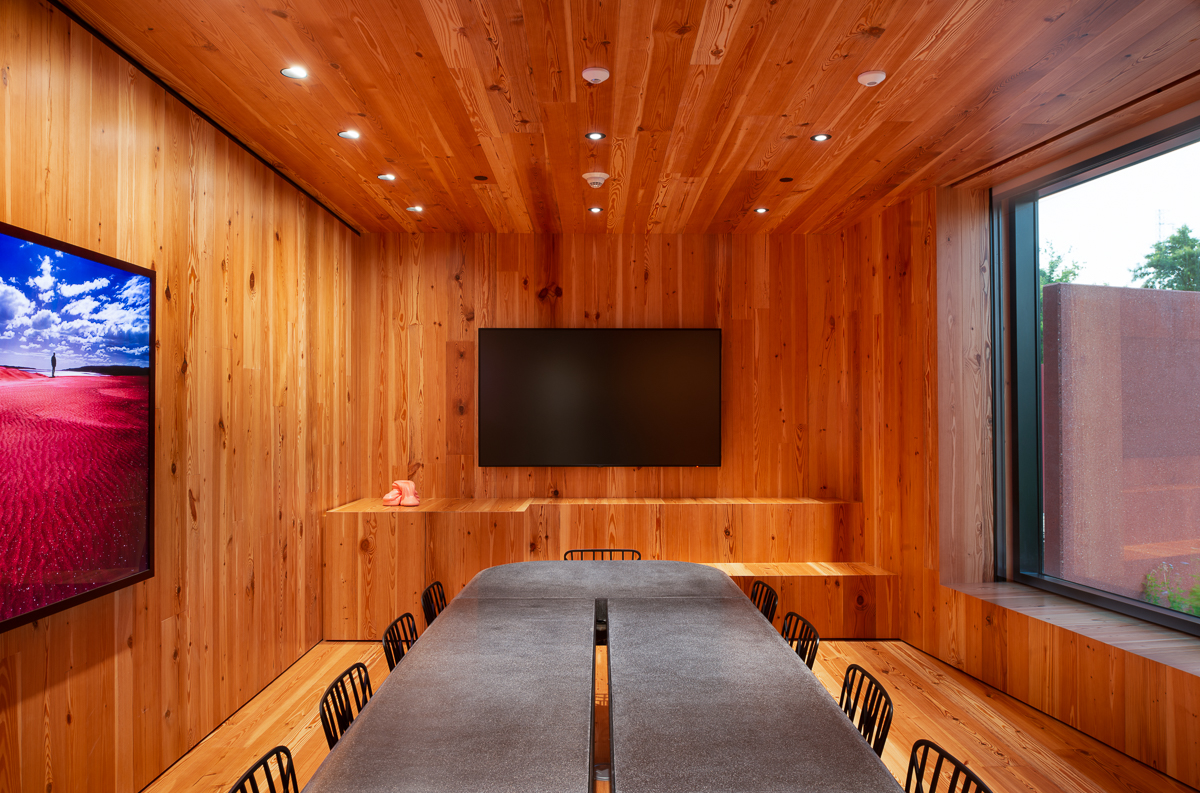
courtesy of Ruby City, Linda Pace Foundation
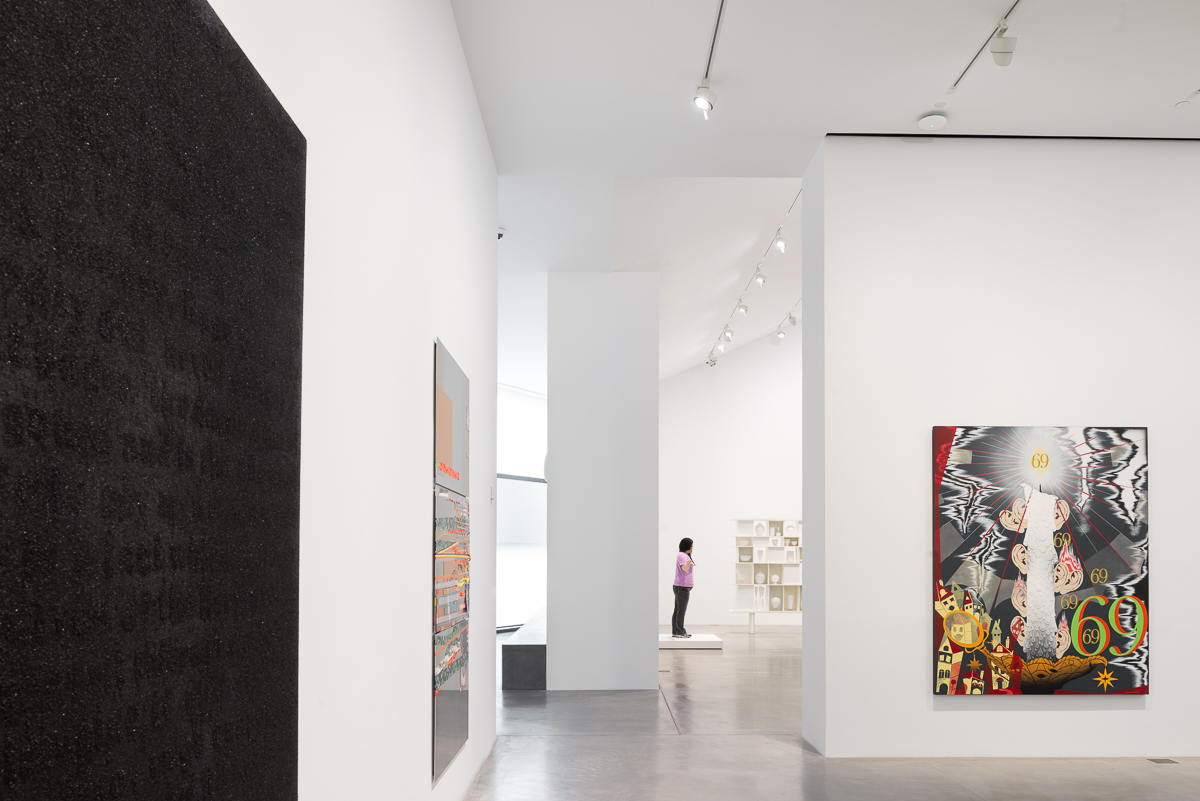
courtesy of Ruby City, Linda Pace Foundation
INFORMATION
Wallpaper* Newsletter
Receive our daily digest of inspiration, escapism and design stories from around the world direct to your inbox.
-
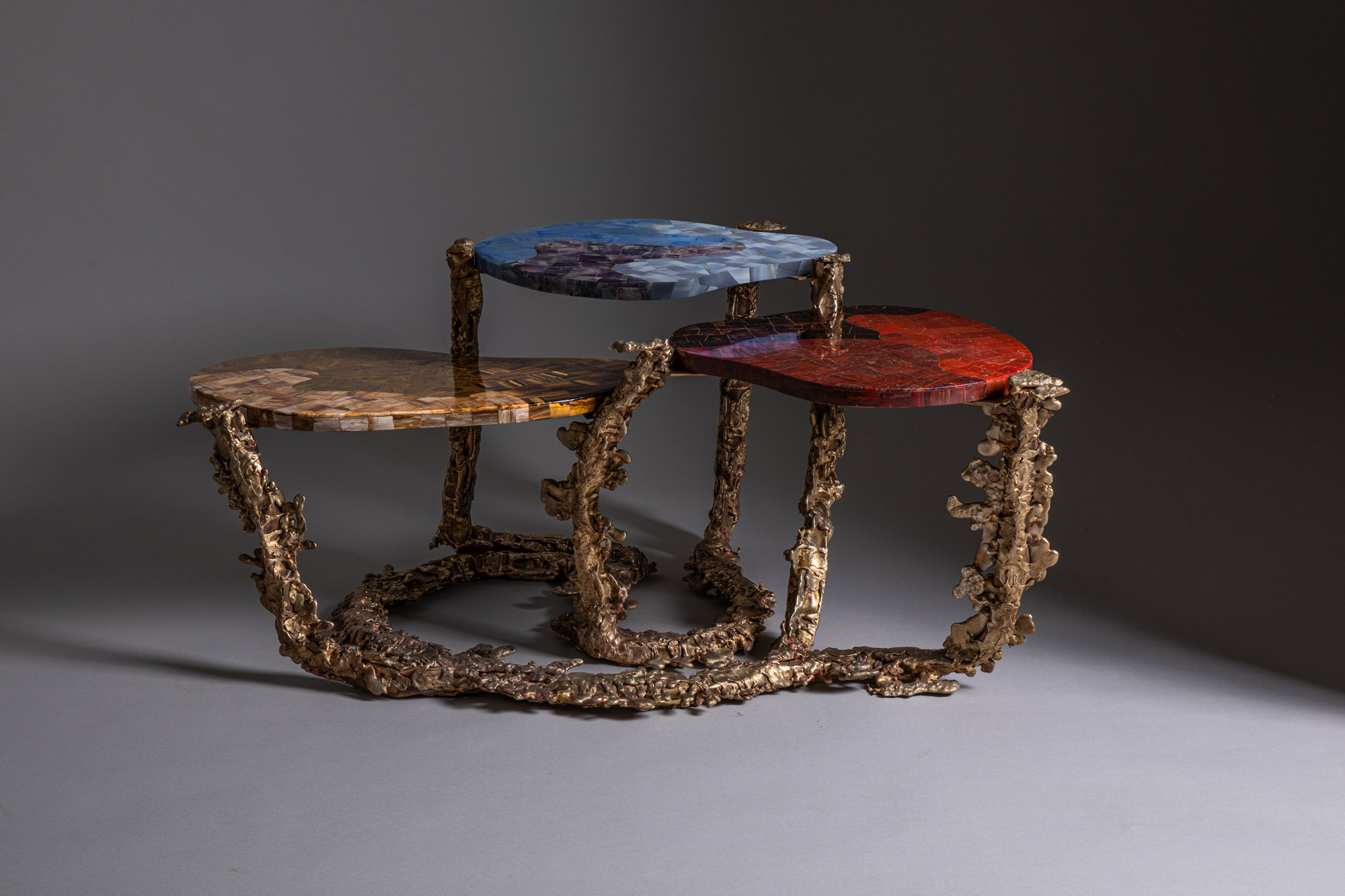 Inside the Shakti Design Residency, taking Indian craftsmanship to Alcova 2025
Inside the Shakti Design Residency, taking Indian craftsmanship to Alcova 2025The new initiative pairs emerging talents with some of India’s most prestigious ateliers, resulting in intricately crafted designs, as seen at Alcova 2025 in Milan
By Henrietta Thompson Published
-
 Tudor hones in on the details in 2025’s new watch releases
Tudor hones in on the details in 2025’s new watch releasesTudor rethinks classic watches with carefully considered detailing – shop this year’s new faces
By Thor Svaboe Published
-
 2025 Expo Osaka: Ireland is having a moment in Japan
2025 Expo Osaka: Ireland is having a moment in JapanAt 2025 Expo Osaka, a new sculpture for the Irish pavilion brings together two nations for a harmonious dialogue between place and time, material and form
By Danielle Demetriou Published
-
 The Yale Center for British Art, Louis Kahn’s final project, glows anew after a two-year closure
The Yale Center for British Art, Louis Kahn’s final project, glows anew after a two-year closureAfter years of restoration, a modernist jewel and a treasure trove of British artwork can be seen in a whole new light
By Anna Fixsen Published
-
 You’ll soon be able to get a sneak peek inside Peter Zumthor’s LACMA expansion
You’ll soon be able to get a sneak peek inside Peter Zumthor’s LACMA expansionBut you’ll still have to wait another year for the grand opening
By Anna Fixsen Published
-
 NYC's The New Museum announces an OMA-designed extension
NYC's The New Museum announces an OMA-designed extensionOMA partners including Rem Koolhas and Shohei Shigematsu are designing a new building for Manhattan's only dedicated contemporary art museum
By Anna Solomon Published
-
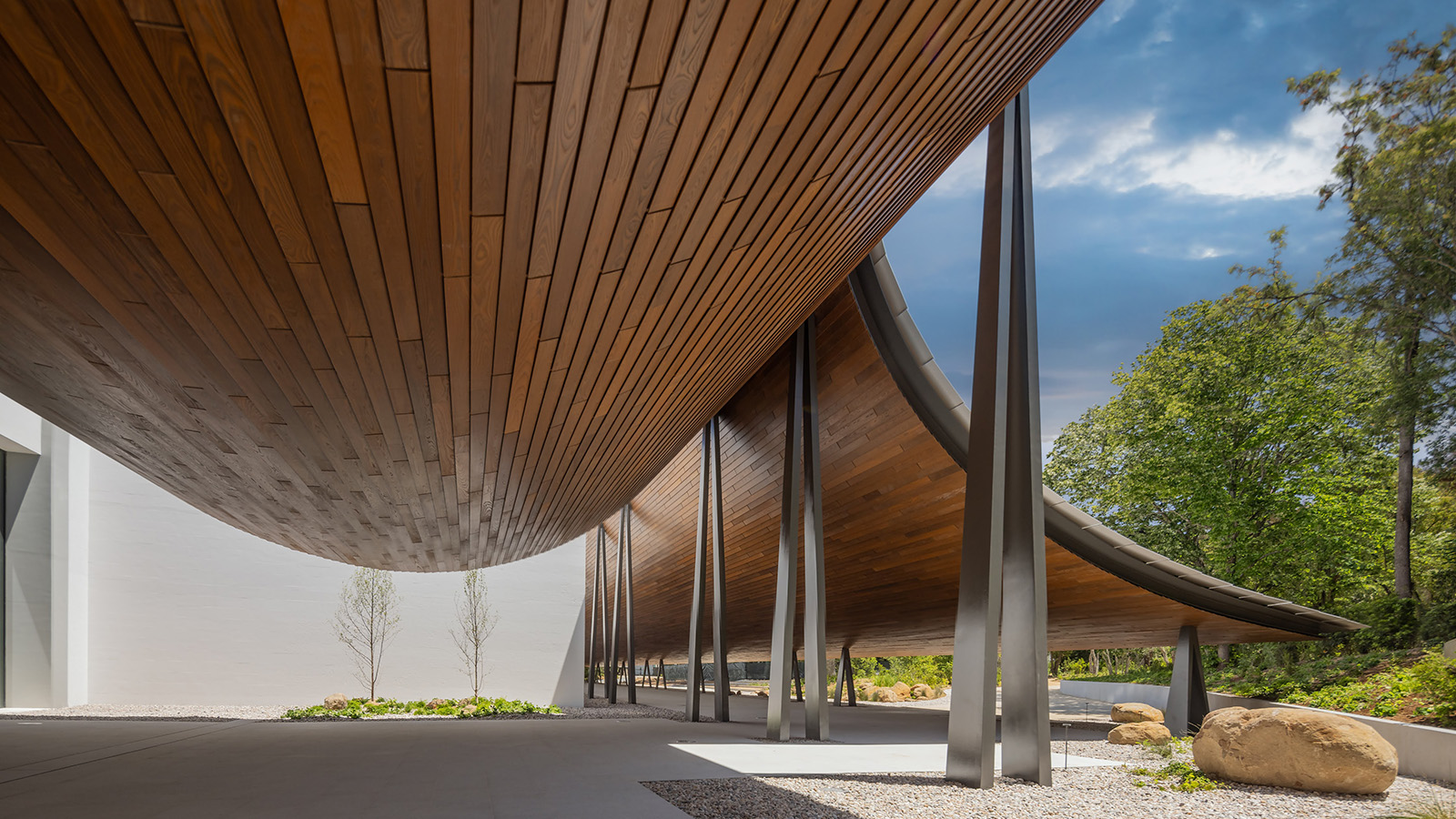 Gulbenkian Foundation's new art centre by Kengo Kuma is light and inviting
Gulbenkian Foundation's new art centre by Kengo Kuma is light and invitingLisbon's Gulbenkian Foundation reveals its redesign and new contemporary art museum, Centro de Arte Moderna (CAM), by Kengo Kuma with landscape architects VDLA
By Amah-Rose Mcknight Abrams Published
-
 Remembering Alexandros Tombazis (1939-2024), and the Metabolist architecture of this 1970s eco-pioneer
Remembering Alexandros Tombazis (1939-2024), and the Metabolist architecture of this 1970s eco-pioneerBack in September 2010 (W*138), we explored the legacy and history of Greek architect Alexandros Tombazis, who this month celebrates his 80th birthday.
By Ellie Stathaki Published
-
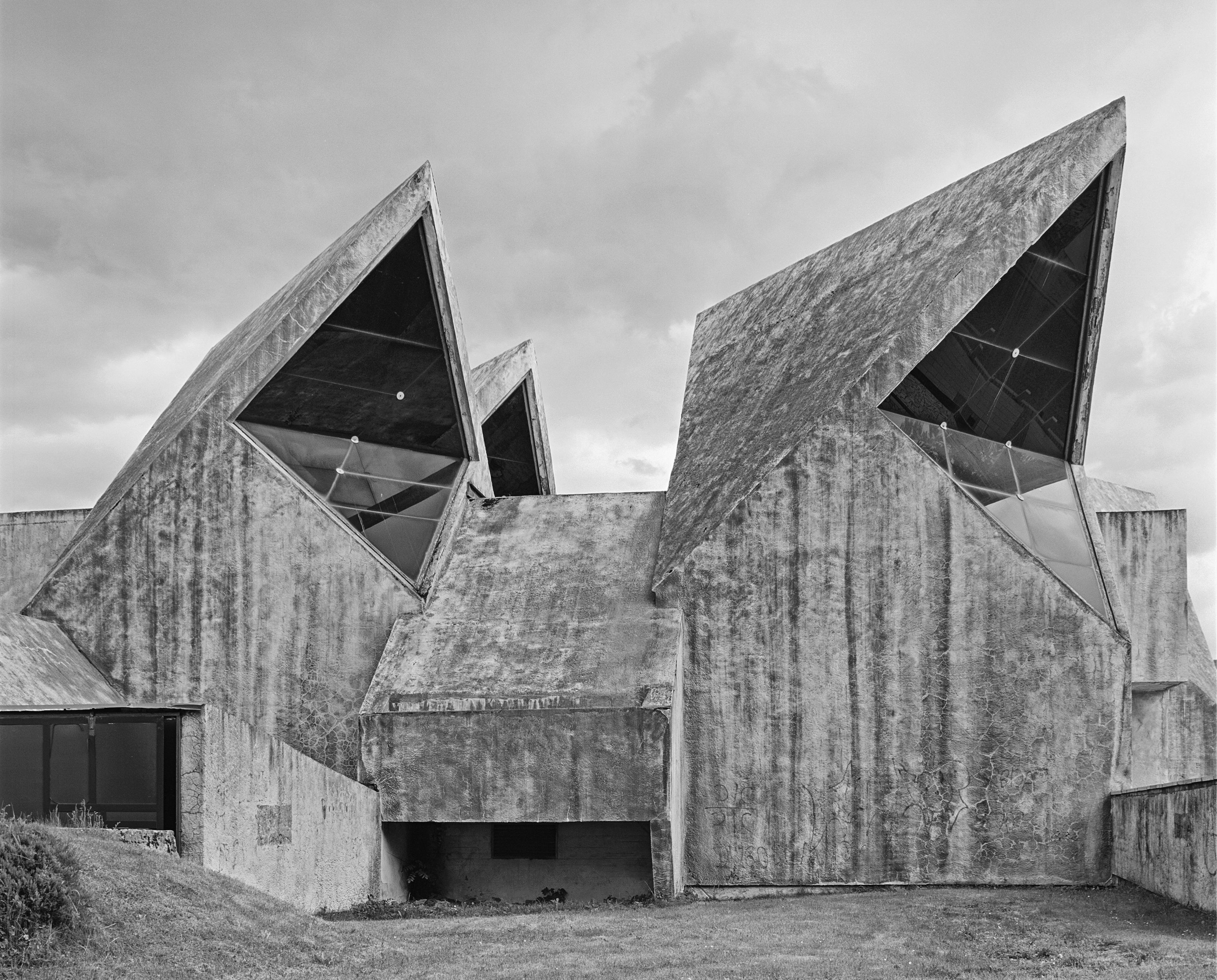 All hail the power of concrete architecture
All hail the power of concrete architecture‘Concrete Architecture’ surveys more than a century’s worth of the world’s most influential buildings using the material, from brutalist memorials to sculptural apartment blocks
By Jonathan Bell Published
-
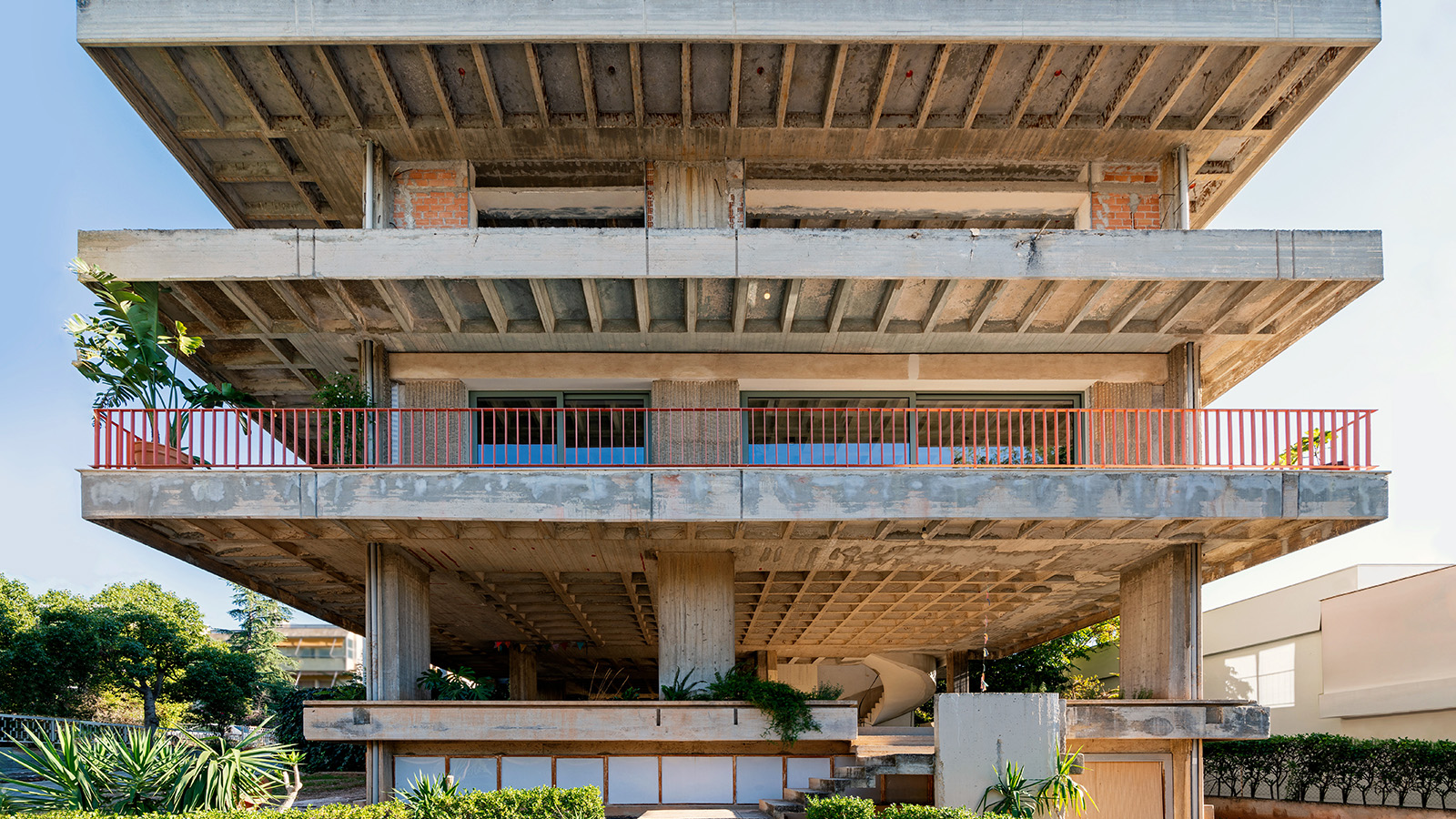 Three Object Apartment embraces raw concrete honesty in the heart of Athens
Three Object Apartment embraces raw concrete honesty in the heart of AthensThree Object Apartment by DeMachinas is a raw concrete home in Athens, which confidently celebrates its modernist bones
By Ellie Stathaki Published
-
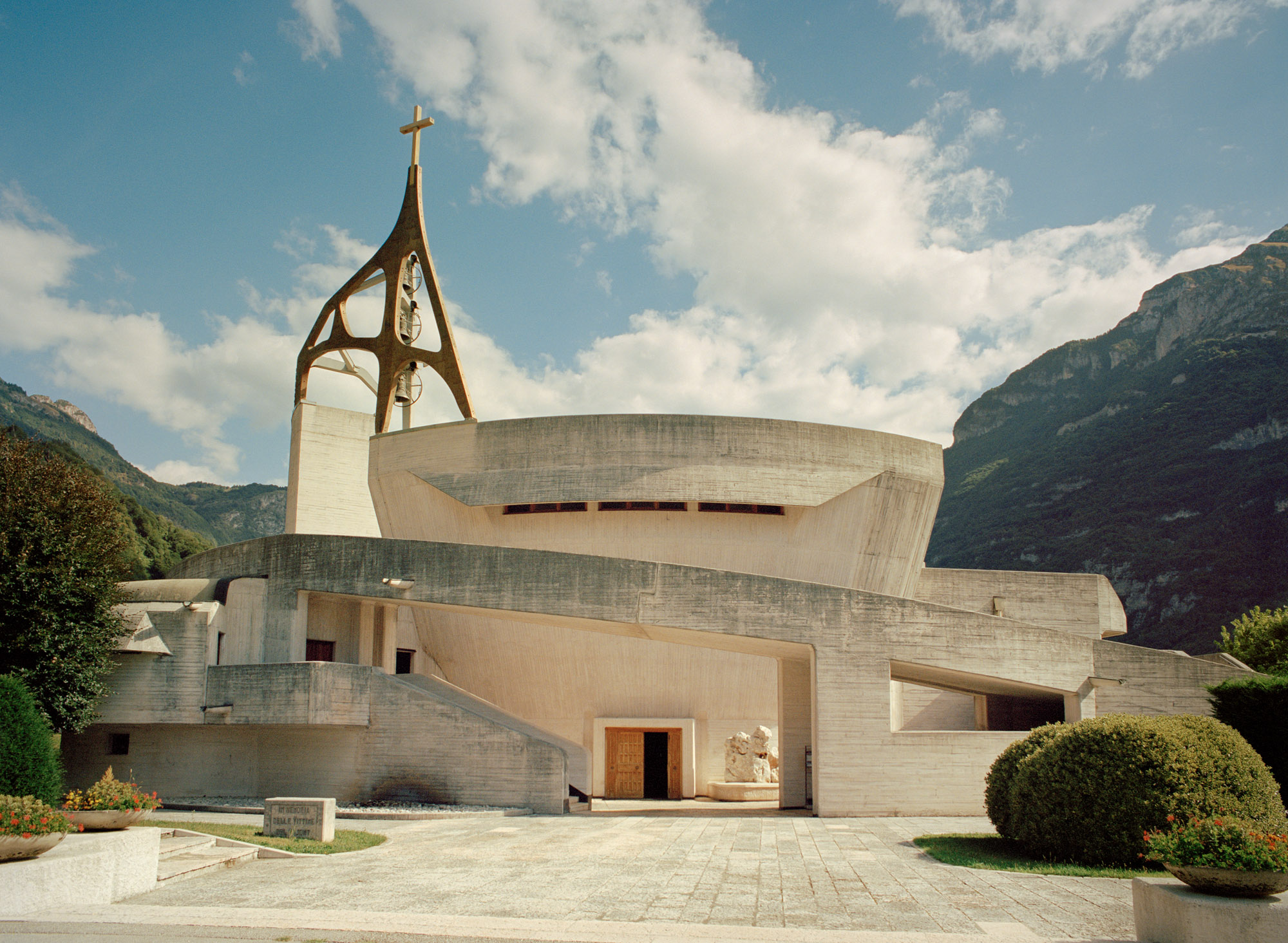 Giovanni Michelucci’s dramatic concrete church in the Italian Dolomites
Giovanni Michelucci’s dramatic concrete church in the Italian DolomitesGiovanni Michelucci’s concrete Church of Santa Maria Immacolata in the Italian Dolomites is a reverently uplifting memorial to the victims of a local disaster
By Jonathan Glancey Published